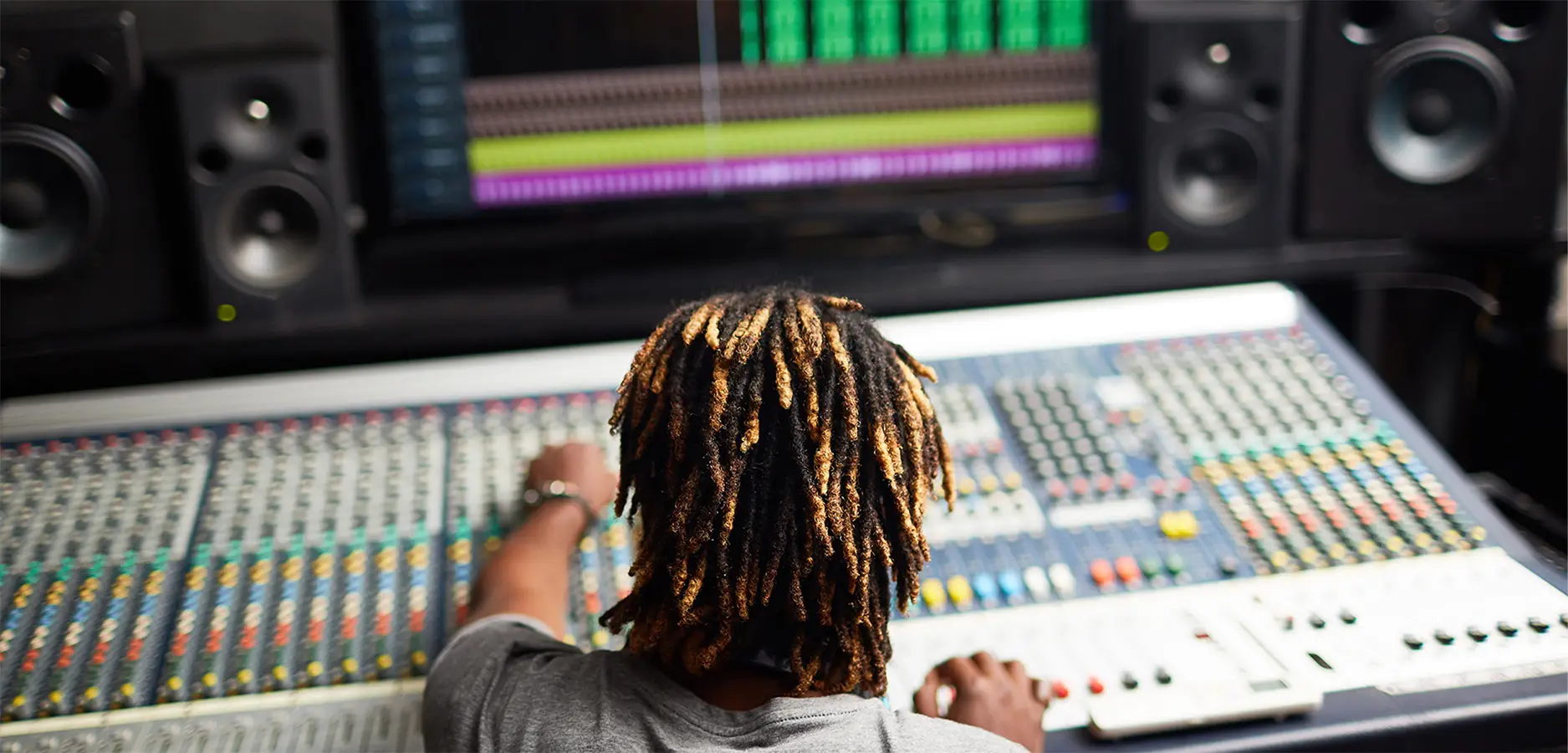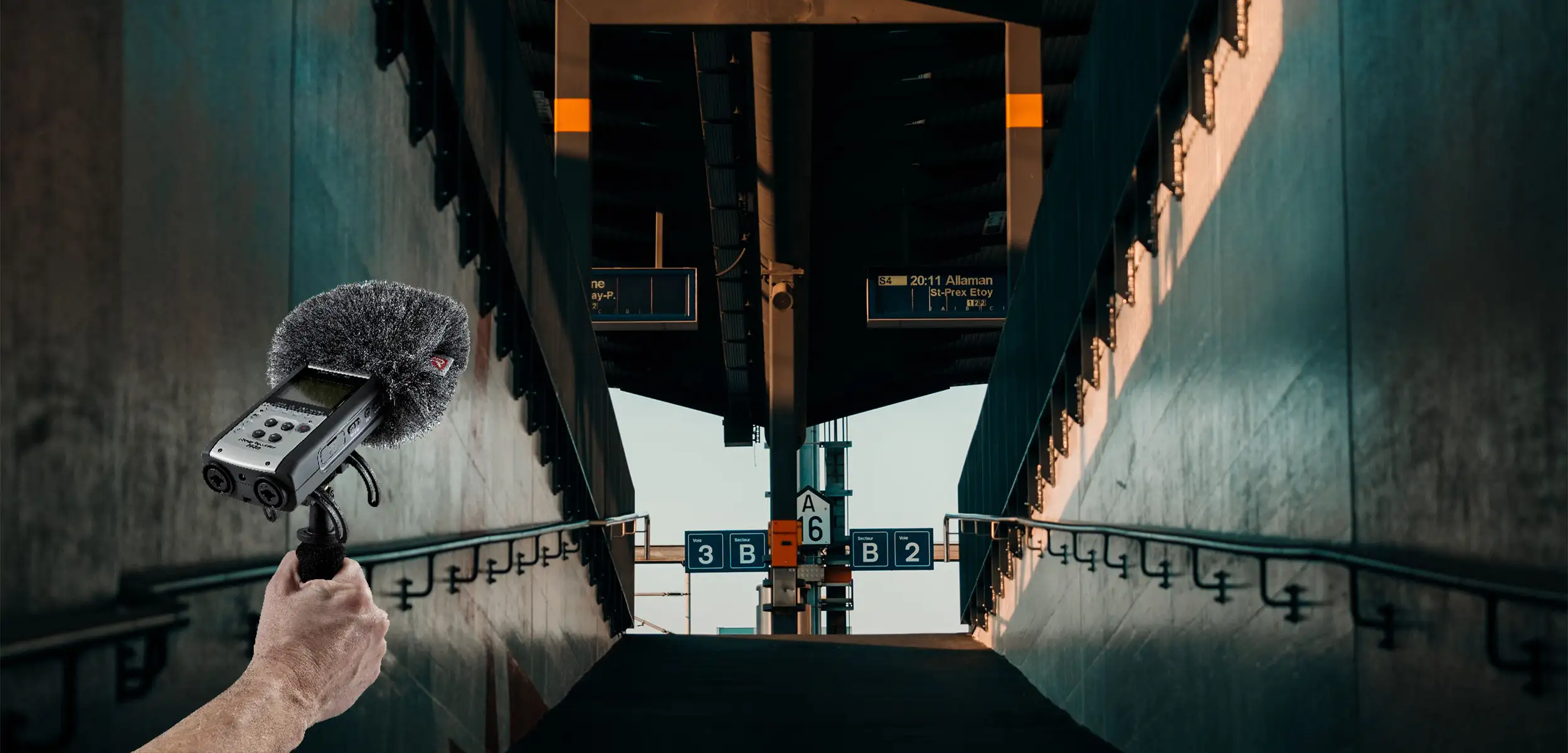In this article:
Music production keeps evolving, with every producer looking to bring something fresh and personal to their sound. While synths and DAWs are essentials, there’s one creative technique that’s still often overlooked: field recording. Think about it—capturing the sounds of everyday life, from leaves rustling to the hum of city streets, lets you add unique, organic layers to your music that digital instruments can’t quite match.
In this article, we’ll dive into why field recording is such a powerful tool and how it can open up new creative possibilities in your tracks. Let’s explore!
1. What Is Field Recording?
Field recording refers to capturing sound outside of the studio. These sounds can be anything—rain falling on a window, a bustling city street, footsteps in a forest, or even mechanical noises like a train passing by. These real-world sounds can be recorded with portable devices and later manipulated in your DAW to create unusual and engaging textures.
By using real, non-synthetic audio, you add a layer of depth and authenticity to your music. Field recordings can be used as subtle background elements or transformed into entirely new instruments or rhythms through creative sound design techniques.
2. Why Use Field Recording in Your Music?
One of the biggest advantages of field recording is that it allows you to step out of the traditional sound bank and sample library structure. The world around us is filled with sounds, many of which we take for granted, but when isolated or manipulated, these sounds can become fascinating elements in a musical composition.
- Add Originality: Field recordings ensure your sound is truly unique. No one else will have the exact same recording of that specific moment in time or place.
- Create Atmosphere: Environmental sounds can set the tone and mood of a track. For example, ocean waves can evoke a sense of calm or serenity, while busy city traffic might create tension or energy.
- Innovative Percussion: You can use the percussive sounds of objects hitting surfaces—like stones clinking or car doors closing—and turn them into drum sounds or rhythmic elements.
3. Tools for Field Recording
Field recording doesn’t require a massive investment in gear. You can start with a portable recorder like the Zoom H5 or Tascam DR-40, which are easy to use and deliver high-quality recordings. Even a smartphone with a good microphone app can capture usable audio, especially if you’re starting on a budget.
When choosing a recorder, think about the type of sounds you want to capture. Some environments may require a stereo microphone setup for wide spatial sound, while close-up, isolated sounds might benefit from a shotgun microphone.
4. Incorporating Field Recordings into Your Production
Once you’ve captured your field recordings, it’s time to get creative. Here are a few ways to incorporate them into your production:
- Ambient Layers: Layer natural sounds like wind, birds, or rustling leaves into your mix to create a richer sonic landscape. These sounds can be subtle yet add depth to the overall feel of the track.
- Percussion Design: Turn non-musical sounds into drums or percussive elements by cutting, EQing, and layering. Footsteps, glass tapping, or even tree branches snapping can be morphed into a kick, snare, or hi-hat.
- Sampling for Melodies: With the power of sampling, you can transform recorded sounds into playable instruments. For instance, you could pitch-shift a recording of a car passing by to create a unique pad or lead sound.
- Glitch Effects: By chopping and manipulating recordings in your DAW, you can create glitchy, experimental effects that add a layer of unpredictability and complexity to your tracks.
5. Creative Uses of Field Recording in Different Genres
Field recording is versatile and can be used across a range of genres. Here are some genre-specific ideas to get you started:
- Techno/House: Use industrial sounds like machinery, traffic, or warehouse noises to create gritty, raw textures that align with the urban aesthetic of these genres.
- Ambient/Chillout: Natural sounds like flowing water, birds, or wind can enhance the serene atmosphere typically found in ambient and chillout tracks.
- Hip-Hop/Trap: Layer city ambiance—cars honking, conversations in the street, or subway sounds—into the background to give your beats a street vibe.
- Cinematic/Score Music: Capture environmental soundscapes to bring a sense of realism and immersion to film scores or game music.
6. Famous Producers Using Field Recording
Many top-tier producers have used field recording to enhance their music. Artists like Four Tet and Jon Hopkins have incorporated natural sounds into their tracks, creating immersive, organic atmospheres that listeners find deeply engaging.
Jon Hopkins, for example, often blends environmental sounds with lush synths to craft expansive soundscapes, while Four Tet uses recordings of people and places as percussive elements in his beats.
Conclusion: The World Is Your Sound Library
Field recording offers a world of possibilities for producers looking to break free from conventional sounds and add an element of surprise and uniqueness to their music. Whether you’re looking to create subtle atmospheres or bold new rhythms, incorporating real-world sounds can make your tracks stand out in the crowded landscape of music production.
So, next time you’re walking down the street or sitting in a park, listen carefully—you might just hear your next beat in the sounds around you.
Read other articles
 April 4, 2025
April 4, 2025Stop Letting AI Master Your Tracks (Here’s What You’re Missing)
Stop Letting AI Master Your Tracks (Here’s What You’re Missing)
 April 4, 2025
April 4, 2025AI Mastering vs Human Ears: Why Real Experience Still Wins
AI Mastering vs Human Ears: Why Real Experience Still Wins
 April 4, 2025
April 4, 2025What You Learn from Watching Your Track Get Mixed
What You Learn from Watching Your Track Get Mixed

